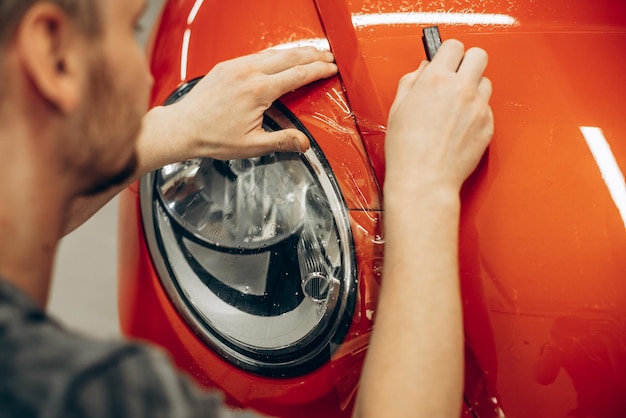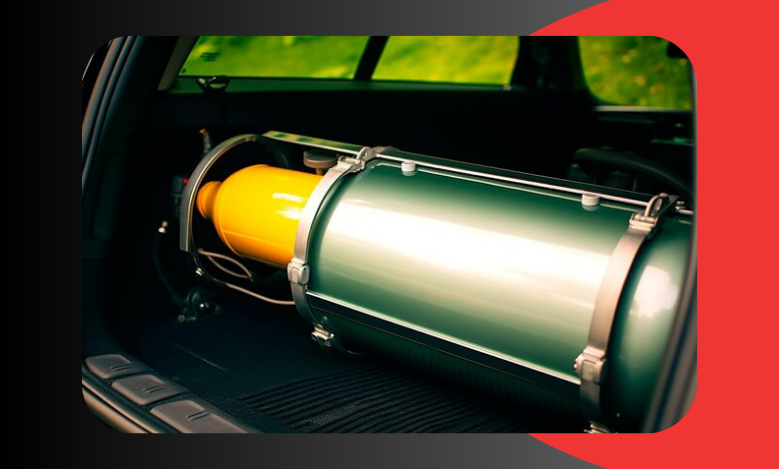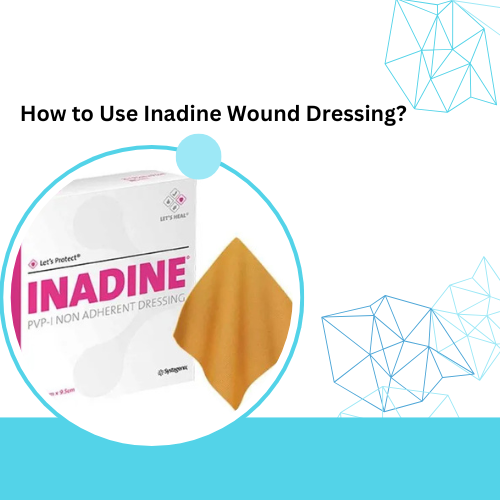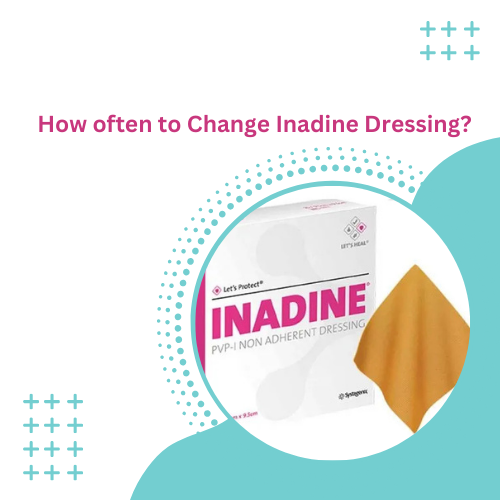Paint Protection Film (PPF) is a popular choice for vehicle owners looking to shield their cars from scratches, chips, and environmental damage. While PPF offers significant benefits, it’s essential to understand its limitations to make informed decisions aboutYour vehicle care. From potential wear and tear to issues with improper installation, knowing what PPF can and cannot do will help you maintain your vehicle’s appearance effectively. In this article, we’ll explore the boundaries of paint protection film and how to maximize its advantages while being aware of its constraints.
Understanding the Limits of Your
Paint Protection Film (PPF) is an increasingly popular solution for safeguarding vehicles against scratches, chips, and environmental elements. While it provides substantial benefits, it’s crucial for vehicle owners to recognize its limitations to ensure optimal care and protection. Here’s a closer look at what PPF can do, as well as the boundaries you should be aware of.
#### 1. Protection Against Minor Damage
PPF excels at defending against minor abrasions, road debris, and light scratches. However, it is not impervious to all types of damage. Deep scratches or impacts from large objects can penetrate the film, leaving your paint vulnerable.
#### 2. UV Protection
One of the advantages of PPF is its ability to block harmful UV rays that can cause paint fading and oxidation. Nonetheless, while it offers some protection, it is not a complete barrier against sun damage over extended periods. Regular maintenance and additional coatings may still be necessary.
#### 3. Self-Healing Properties
Many modern PPF products feature self-healing technology, which allows minor scratches to disappear when exposed to heat. However, this property has its limits; significant damage or severe abrasions may not fully heal.
#### 4. Installation Quality Matters
The effectiveness of PPF largely depends on the quality of the installation. Poorly applied film can lead to bubbling, peeling, or improper adhesion, compromising its protective capabilities. It’s essential to choose a reputable installer to ensure the best results.
#### 5. Maintenance Requirements
While PPF can simplify cleaning, it still requires regular maintenance to preserve its appearance and effectiveness. Using harsh chemicals or abrasive materials can damage the film, so it’s important to follow recommended care guidelines.
#### 6. Not a Substitute for Waxing
Although PPF provides a protective layer, it doesn’t replace the need for regular waxing. Wax helps maintain the shine and provides an additional barrier against environmental contaminants.
#### 7. Limited Warranty
Most PPF products come with warranties, but these often have limitations regarding what is covered. Understanding the terms and conditions of your warranty can help you make informed decisions about repairs or replacements.
Paint Protection Film is an excellent investment for preserving your vehicle’s finish, but it’s important to understand its limitations. By recognizing what PPF can and cannot do, and adhering to proper maintenance practices, you can ensure that your vehicle remains in top condition for years to come. Balancing PPF with other protective measures will help you achieve the best results for your car’s appearance and longevity.
How Wash Methods Can Impact Paint Protection Film (PPF)
Maintaining your vehicle’s appearance is crucial, especially when it’s protected by Paint Protection Film (PPF). The wash methods you choose can significantly affect the longevity and effectiveness of the film. Here’s how different washing techniques can impact PPF:
#### 1. **Hand Washing vs. Automatic Washes**
– **Hand Washing**: This method is generally the safest for PPF. Using a soft microfiber wash mitt and pH-balanced car shampoo helps prevent scratches and maintains the film’s integrity.
– **Automatic Washes**: Brushes and harsh chemicals used in automatic car washes can lead to micro-scratches or even damage the film. Opt for touchless systems if you choose this route.
#### 2. **Use of Pressure Washers**
Pressure washers can be effective but must be used with caution. High-pressure settings can force water beneath the edges of the film, potentially causing it to lift or peel. Always maintain a safe distance and use a gentle spray.
#### 3. **Drying Methods**
– **Microfiber Towels**: Using soft, absorbent microfiber towels is ideal for drying. This minimizes the risk of scratching the film.
– **Chamois**: Traditional chamois can trap dirt and grit, leading to potential scratches. Avoid using these on PPF.
#### 4. **Cleaning Products**
Using the wrong cleaning products can degrade PPF. Avoid harsh chemicals, acidic cleaners, or those containing ammonia, as they can cause the film to discolor or lose its protective qualities. Stick to products specifically formulated for PPF.
#### 5. **Frequency of Washing**
Regular washing is essential to prevent contaminants from bonding with the film. However, washing too frequently—especially with harsh methods—can lead to premature wear. Aim for a balance that keeps your vehicle clean without excessive wear on the film.
#### 6. **Removing Contaminants**
For stubborn contaminants like tree sap or bird droppings, using a gentle detail spray or clay bar can help. Avoid scraping these off with abrasive materials, which can scratch or damage the PPF.
#### 7. **Temperature Considerations**
Washing your vehicle in direct sunlight or when the surface is hot can cause soap to dry too quickly, leading to streaks and spots. Additionally, hot temperatures can make the film more susceptible to damage. Wash your vehicle in cooler conditions when possible.
#### Conclusion
The method you use to wash your vehicle can significantly impact the durability and effectiveness of your Paint Protection Film. By adopting gentle washing techniques, using the right products, and being mindful of your approach, you can help preserve the integrity of your PPF and keep your vehicle looking its best for years to come.




